Sawfish hunt: return to Senegal
In the 1970s, Nigel discovered a treasure trove of sharks and rays that were using the Casamance estuary in Senegal as a nursery ground. He also found an abundance of sawfishes. More than 40 years on and every indication is that the sawfishes in the region are all but extinct. Nigel is going back to find out if those indicators are right.
I am a businessman by current profession, although I trained as a biologist and have maintained several lines of research in parallel with my business activities. At university, I developed a keen interest in how some shark (notably the bull shark) and ray species can penetrate into fresh water. This led to a PhD study in West Africa to capture small sawfish that are found in the Casamance River in Senegal and in the River Gambia. The idea was to maintain them in captivity and then discover under controlled conditions how sawfish (a ray) can transition from sea to fresh...
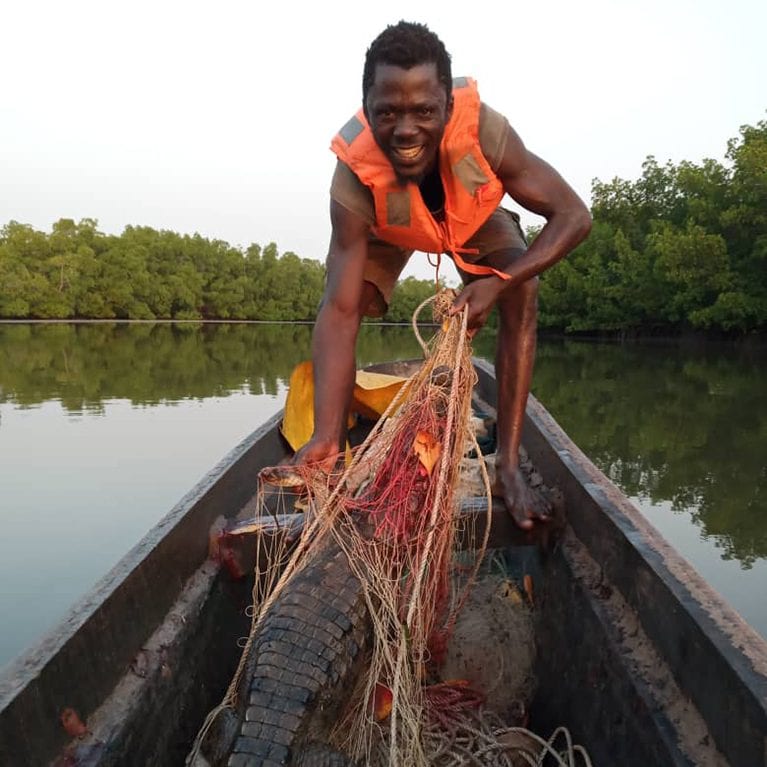
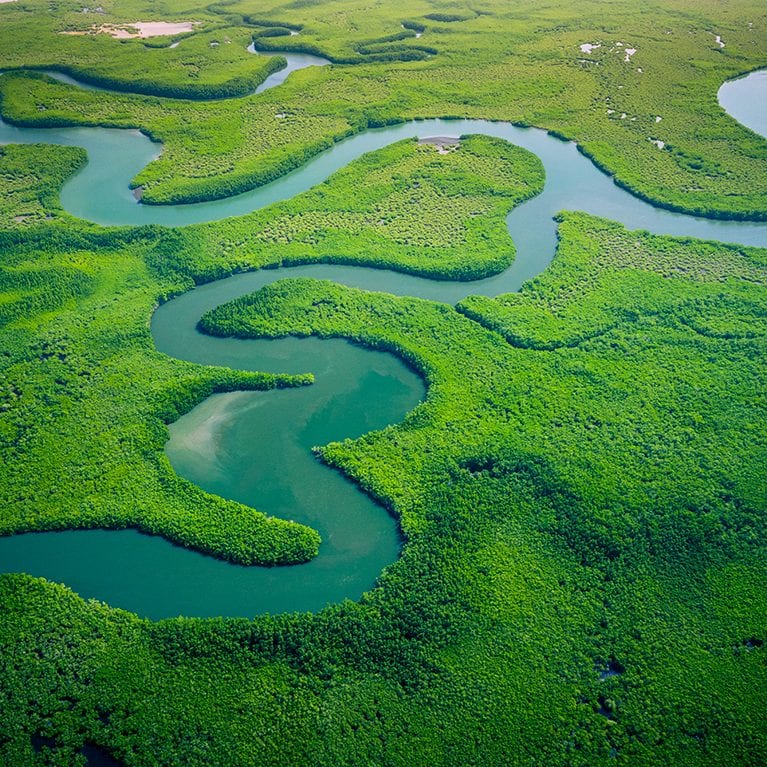
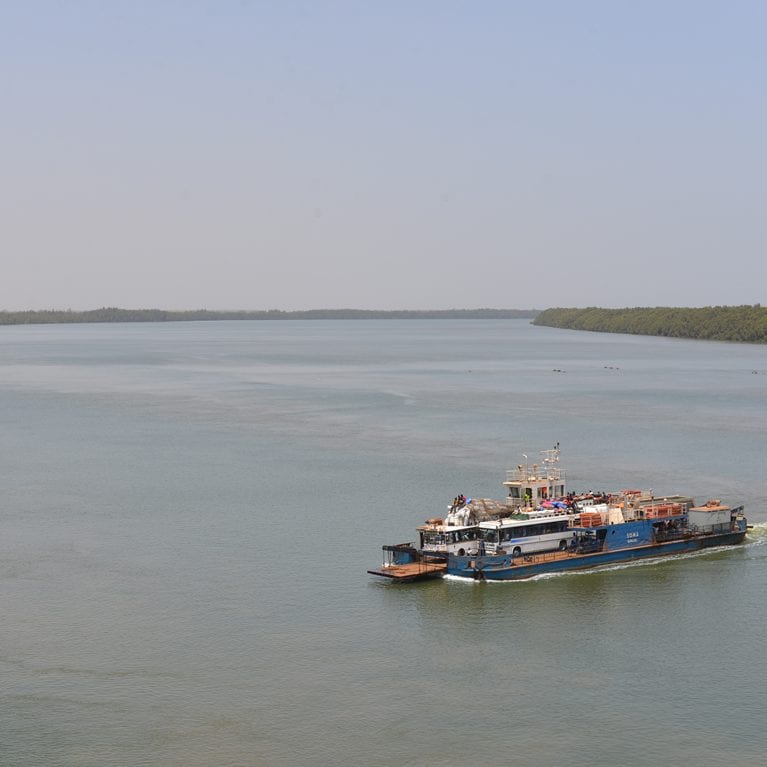
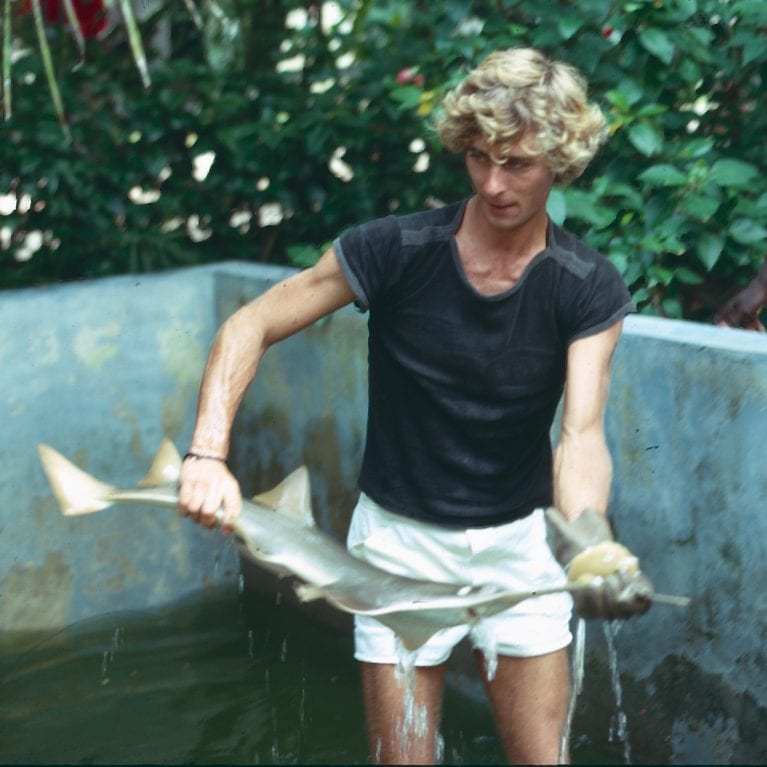
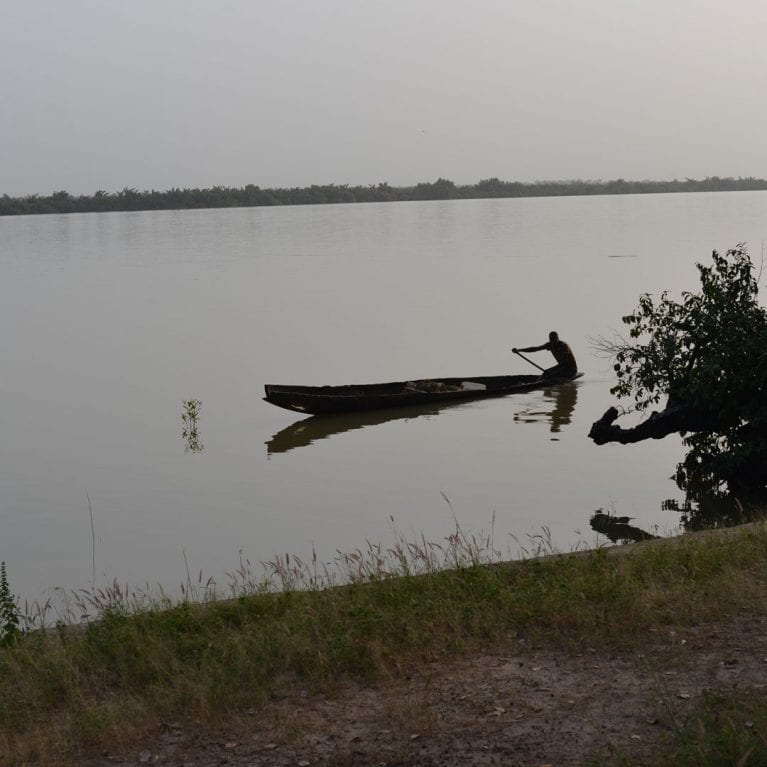
Status of sawfish in the Casamance River, Senegal, West Africa
To assess the feasibility of carrying out a longer term (3 – 4 month) sampling program of specific areas of the Casamance River to establish the likelihood of the continued presence of the smalltooth sawfish.
It is widely recognised that species of the genus Pristis are critically endangered over much of their former range. Indeed, in some areas they may be locally extinct (1). The smalltooth sawfish used to be common in the Casamance River system, at least up until the mid- 1970s (2). The current challenge is to find out whether they still exist there, and if so to mobilise local conservation measures to ensure their future protection. There is added pressure now because elasmobranchs have become a targeted fishery in the Casamance.
In 1974/1975 Nigel Downing established the presence of a healthy population of Pristis pectinata in the lower reaches of the Casamance River. His objectives were to locate, collect and maintain in captivity about 20 juvenile sawfish for use in experimental work. The goal was to discover how euryhaline elasmobranchs regulate their ionic and osmotic balance when moving from fresh to sea water and vice-versa. As a consequence the Nigel discovered the location of an abundant supply of newly born P. pectinata that were using the Casamance River as a nursery ground. Curiously, few sawfish, juvenile or otherwise, were seen at fish landing sites on the river. Nigel also established that the Gambia River (about 120km to the north) was used as a juvenile nursery area for the largetooth sawfish Pristis pristis (Leeney R. H. & Downing N. 2015. Aquatic Conserv: Mar. Freshw. Ecosystem.), although the ecology of the two species was quite different.
In 2014, Ruth Leeney surveyed the Gambia River, in the Gambia, by interviewing fishermen, to establish whether Pristis still existed there. The conclusion was that it is likely to be locally extinct. I consider that the most thorough approach to establish whether P. pectinata still exists in the Casamance is to set up a sampling program in the river that targets juveniles in the same locations where they existed in the mid-1970s, and at the same time of year. This application is for funds to rapidly assess the feasibility of setting up and running the sampling program.
- To clearly define the logistical constraints of operating a netting sampling program on the Casamance River by boat over a 3-4 period in the rainy season.
- To establish the necessary permissions required (or not) to sample by gill net in specific locations in the Casamance River
- To estimate the time required to conduct a thorough fishermen interview survey at all key landing sites on the Casamance River

